The fight to declassify homosexuality as a ‘mental disorder’
The World Health Organisation only declassified homosexuality as an 'disease' in 1990.
By Will Stroude
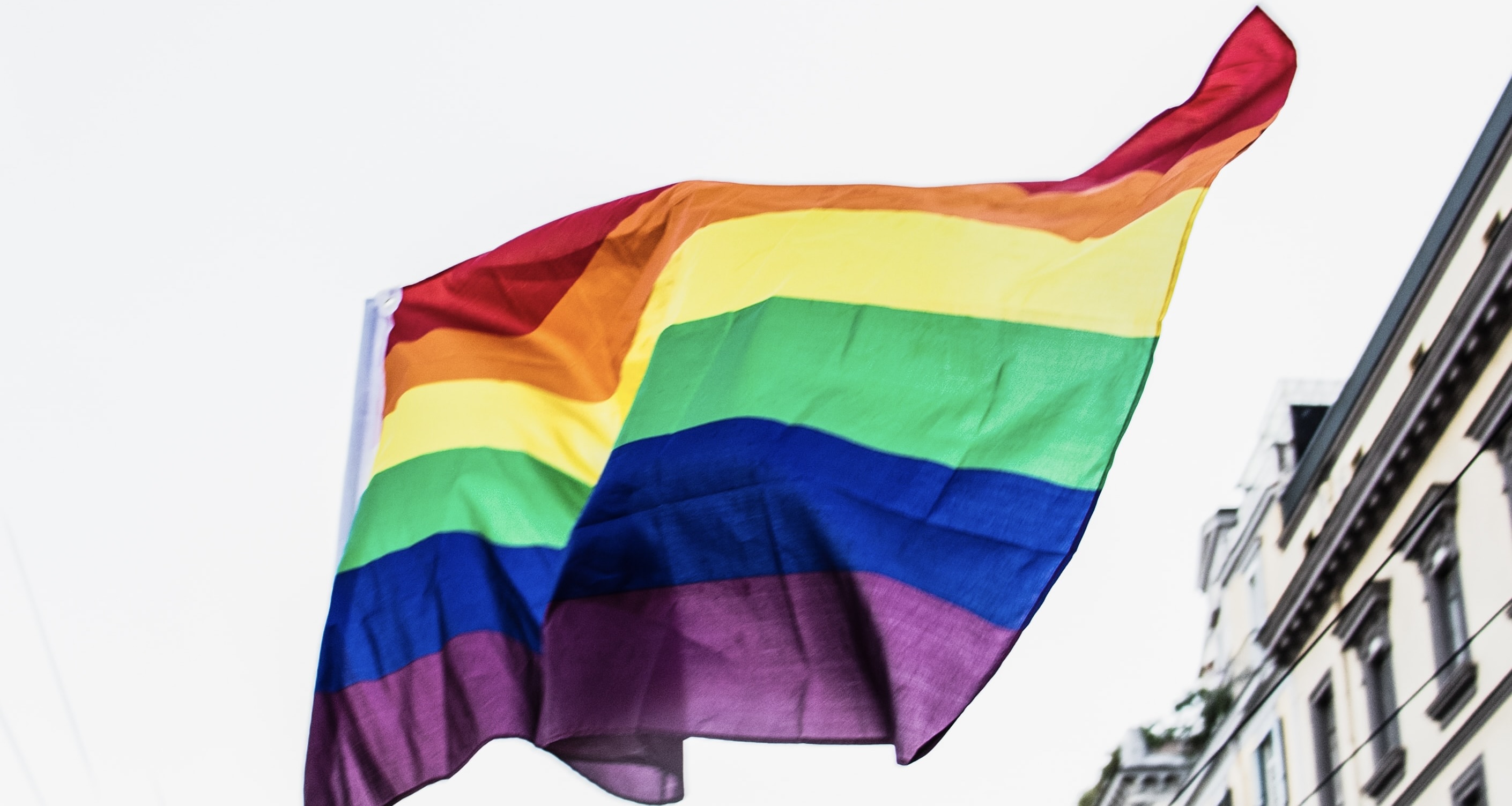
Words: Hugh Kaye; pictures: Unsplash, Wiki Commons and Twitter/@MakingGayHistry
When one of my closest friends came out to his family, his father – a psychiatrist and psychoanalyst – said: “That can be moderated.”
That would be pretty shocking now, but it was only about 25 years ago – and before that things were worse. Much, much worse.
Although there had been problems before, the real trouble started in 1952 when the powerful and influential American Psychiatric Association (APA) published the first edition of the Diagnostic and Statistical Manual of Mental Disorders (DSM).
That may sound like a dry, dull, and irrelevant book but it was known as the psychiatrist’s bible and it lists who is sick and who is not. Within its pages, in a section entitled Sexual Deviations, it listed being gay (including lesbian) as a “sociopathic personality disorder”. In other words, a mental illness.
Among the terrifying consequences of the classification was that gay men and women could be institutionalised against their will, denied a mortgage, have their children taken away, and barred from professions such as the law and teaching.
Homosexual desires were considered an affliction and as such could be “cured” using chemical castration, electroconvulsive therapy, and even lobotomy.
During the 1950s and 1960s, treatment could involve showing “patients” pictures of naked men followed by an electric shock. Pictures were then shown of naked women where no such barbarity followed – supposedly to make females a more attractive proposition. In other cases, drugs were used which would make the men vomit.
And if you think this only happened in the US, think again. Where American psychiatrists led, those in other countries – including the UK – followed.
All this was despite the fact that Sigmund Freud, the father of psychoanalysis, said of homosexuality: “[It] is assuredly no advantage but is nothing to be ashamed of. It cannot be classified as an illness.”
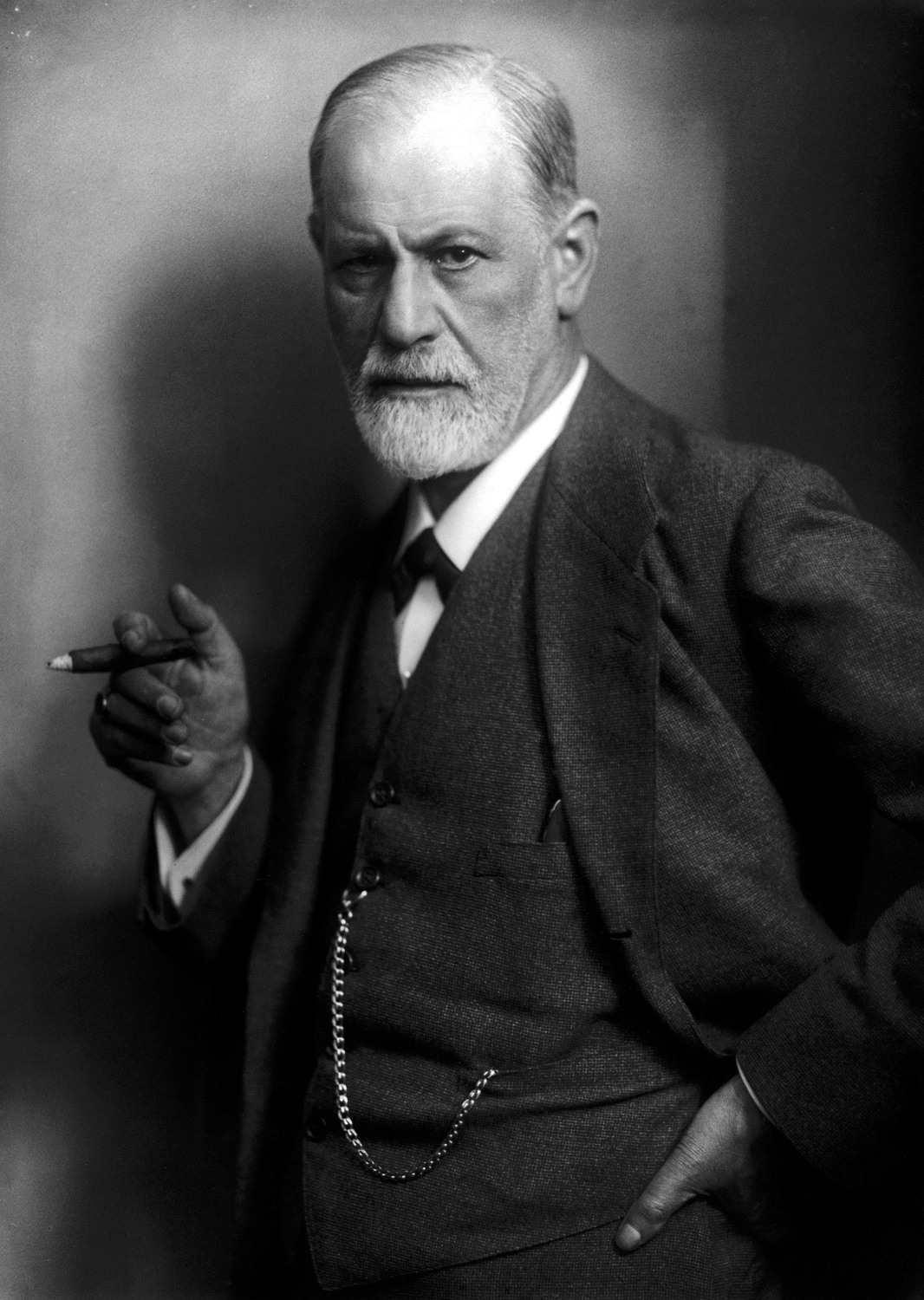
Sigmund Freud (Photo: Wiki Commons)
However, after he died in 1939, a lot of his pupils decided they knew better, claiming Freud’s views had major flaws. They decreed that homosexuality was learned so could be “unlearned”.
Speaking on television, and captured by a recent documentary, Cured, Dr. Judd Marmor said of homosexuals: “The most frequent pattern is a dominant, seductive mother – controlling and possessive – and a weak, distant, or absent, father.”
You could hardly get more stereotypical nonsense. But other psychiatrists agreed.
Writing in his 1962 work, Homosexuality: A Psychoanalytic Study of Male Homosexuals, Dr. Irving Bieber, says: “I do not believe it is possible to produce a homosexual if the father is a constructive father to his son… a supportive, warmly related father precludes the possibility of a homosexual son; he acts as a neutralising, protective agent should the mother make seductive or close-binding attempts.”
He goes further, claiming being gay is an acquired condition and claims never to have met a homosexual with “an intact sense of masculinity”.
All that from a study of just 106 gay men.
Meanwhile, Dr. Lawrence Hatterer weighed in: “A gradual process of reconditioning must take place, encourage that male to have more and more contact with the right kind of women; women [who] are warm and soft and easy, leading to physical contact and gratification.”
It’s hard to know who he is insulting more: gay men or women.
As late as 1971, Hatterer is reported to have said: “I have cured many homosexuals. Any researcher can examine my work because it is documented on 10 years of recordings… many of these cured (I prefer to use the word ‘changed’) have married, had families, and live happy lives. It is a destructive myth that ‘once a homosexual, always a homosexual’. It has made and will make millions more committed homosexuals.
“The homosexuals I have seen were in the main [were] disgusted with the brevity of their relationships, disgusted by how they squandered their time, interfered with their work, dispensed with their integrity, and sacrificed hopes of an enduring relationship and family life by their driven pursuit of homosexual sex partners.”
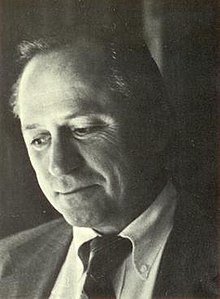
Dr. Charles Socarides (Photo: Wiki Commons)
But all three of these shrinks pale into insignificance compared with Dr. Charles Socarides, who opposed gay rights throughout his life and declared: “The fact that someone is homosexual automatically rules out the possibility he will remain happy for long.”
He even claimed that about a third of the gay men under his “care” became heterosexual after “treatment”. And he made a great deal of money out of convincing his patients of their unhappiness and “curing” them.
He is quoted as saying homosexuality had to be treated in similar ways to people dealing with mental illness, epilepsy, and alcoholism.
Psychiatric literature of the time branded gays as nasty or pathetic, unable to form lasting relationships. Little wonder that some did actually start to suffer poor mental health.
Again, the actual facts were ignored or attacked. As far back as 1948, The Kinsey Report – scholarly studies on human sexual behaviour – had said that 46 percent of the men who took part “reacted sexually” to both men and women, while 37 percent had had at least one homosexual experience. The author’s book Sexual Behavior in the Human Male also reported that about 10 percent of 18 to 55 years olds surveyed had been “more or less” exclusively homosexual for at least three years.
The report involved studying more than 5,300 men over a period of 15 years. Although some of Kinsey’s findings have recently been seen as flawed, his work is still regarded as pioneering.
Sexual Behaviour in the Human Female followed in 1953.
Not surprisingly, conservative psychiatrists branded Kinsey dangerous and said he ignored the role love played.
Then, in 1956, psychologist Dr. Evelyn Hooker wrote a paper entitled The Adjustment of the Male Overt Homosexual. She put both gay and straight men through a series of tests and asked experts to identify the homosexuals and rate their mental health.
The experts could find no discernible differences.
Hooker argued that psychiatrists only studied gay men who had other mental health issues. Some doctors, including Marmor, began to sit up and take notice. He admitted to being sympathetic but wasn’t entirely convinced. He did, however, admit that his profession was making unwarranted assumptions.
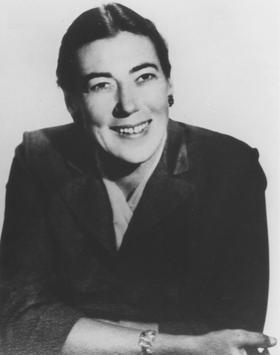
Dr. Evelyn Hooker (Photo: Wiki Commons)
But, as ever, it was activists who heralded a major change in attitudes, and America was becoming a very different place by the middle of the Sixties.
Frank Kameny, a co-founder of The Mattachine Society – often seen as the earliest gay rights movement – had lost his government job as an astronomer after his sexuality was revealed. Branded “a loony”, he decided to look into the “facts” surrounding the inclusion of homosexuality in the DSM.
“I was absolutely appalled,” he says in the documentary Cured. “I found a lot of shabby, sleazy pseudo-science masquerading as science, poor sampling techniques… why would a happy gay person go to a psychiatrist? So, all they saw were gay people who had problems.”
By the end of the decade, there were growing numbers of mass protests against the war in Vietnam, and in June and July 1969 six days of riots followed the infamous police raid on the Stonewall Inn in New York.
Gay men and lesbians decided it was time to take on the powerful APA and managed to obtain passes for the group’s annual convention in San Francisco in 1970. Members of The Gay Liberation Movement told the meeting: “There is no cure for that which is not a disease. Psychiatrists who promise a cure with lobotomies, castration, and brainwashing… are sadistic murderers, quacks… and the system that supports them must be abolished.”
APA meetings in other major US cities were also disrupted, leaving its members shocked. At one of these, in Los Angeles, activists called for “dialogue after 50 years of monologue”.
And some doctors began to change their minds. Dr. Marmor, who had spoken about seductive mothers years earlier, said: “Homosexuality, in and of itself, does not constitute a mental disorder.”
He was to become one of the leading voices in the fight to declassify homosexuality as a mental illness.
There were also younger psychiatrists now qualifying. Dr. Jerry Lewis Jr went as far as to say that his colleagues’ repressive, punitive attitudes brought horrific misery to the lives of many people.
And in 1972 Dr. Richard Green published a paper that questioned: “the premise that homosexuality is a disease or a homosexual is inferior.”
Maybe not surprisingly, though, Dr. Socarides remained vigorously opposed to the removal of the classification from the DSM. Indeed, his stance remained unchanged right up to his death in 2005. We get an insight, if you’ll pardon the psychoanalysing, into his thinking as late as 1995, when he attacked gay rights in his book Homosexuality: A Freedom Too Far.
“First, it takes deadly aim on the primary unit in society, the family,” he wrote. “Second, it is eliminating one of the obvious factors in the making of a civilisation: that one generation succeeds another. Third, the very fact of Aids is the same-sex movement’s terrifying contribution to this terrific century.”
Back in the Seventies most of his peers still agreed with him.
But, again, times were changing and the depictions of gay men in film, on TV, and on stage were changing with the likes of The Boys in the Band and Midnight Cowboy.
And by now the gay activists had a trump card to play. Some members of the APA were gay themselves – although deeply closeted to protect their careers and reputation – and in 1972 one of them agreed to address his colleagues at a meeting in Dallas, Texas, as long as he could hide his true identity.
Appearing in a Richard Nixon mask, that he and his lover had modified, and a wig, and talking through a voice-distorting microphone, he was introduced as ‘Doctor Anonymous’. He began by saying: “I am a homosexual, I am a psychiatrist.”
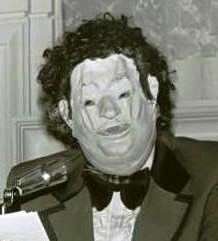
‘Doctor Anonymous’ (Photo; Wiki Commons)
He went on to describe the lives of the many gay psychiatrists in the APA (it’s believed there were 100 in the audience) who had to hide their sexuality from their colleagues for fear of discrimination, as well as from fellow homosexuals owing to the disdain in which the profession was held among the gay community. The speech suggested ways in which gay psychiatrists could challenge prejudice in their profession without disclosing their sexuality. He affirmed that gay people were functioning in society as well as heterosexuals and that there was no deviancy in their sexuality. After leaving the meeting he spent two hours on a radio talk show.
It turned out to be a game-changing moment. The following year, in Hawaii, both sides of the argument were heard at the APA’s meeting.
Dr. Socarides repeated his old tropes, saying: “A homosexual reported to me: ‘I’ve got to get this homosexual monkey off my back’. That’s why some of us treat homosexuals.”
But Dr. Marmor, a vice-president of the APA at the time and now clearly having changed sides, said: “I concede that psychiatry is prejudiced as has been charged.”
Later he said: “If our judgment about the mental health of heterosexuals were based only on those we see in our clinical practice, we’d have to conclude that all heterosexuals are also mentally ill.”
Activist Ron Gold summed up the feelings of homosexual men and lesbians around the world when he proclaimed: “The worst thing about your diagnosis is that gay people believe it. Nothing makes you sick like believing you are sick.
“The illness theory is a pack of lies. Psychiatry – dedicated to making sick people well – is the cornerstone for a system of oppression that makes gay people sick. Take the damn label of sickness away.”
He received a standing ovation and in December 1973 the APA voted to declassify homosexuality as a mental illness.
The Crusader, a gay newspaper of the time, ran the headline; 20,000,000 Gay People Cured!
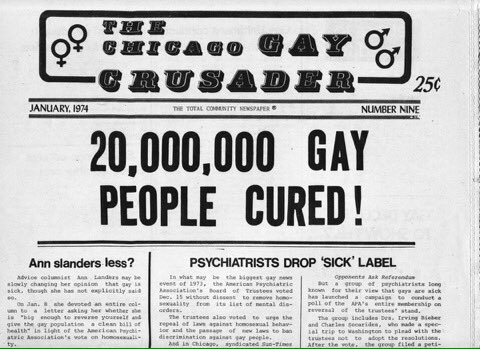
Photo: Twitter/@MakingGayHistry
But the fight was not over. Dr. Socarides tried to have the decision overturned and polled members of the APA on their feelings. Meanwhile, according to The New York Times, Dr. Bieber said: “A homosexual is a person whose heterosexual function is crippled, like the legs of a polio victim.”
On 8 April 1974, 58 percent of APA members voted for the change.
In 1974, the DSM was updated and homosexuality was listed as a “sexual orientation disturbance”. This, or so it was reasoned, was so that homosexuals distressed by being gay (or those who wanted to change their sexual orientation) could be treated. And while APA spokesman Dr. Robert Spitzer said the association was not saying gay men and lesbians were “normal” or “abnormal”, he did make clear that homosexuality “by itself does not constitute a psychiatric disorder”.
The real reason for the compromise might be that although 5,854 members voted to remove homosexuality from the list of disorders, 3,810 opted for the status quo.
Nonetheless, gay activists treated this as a huge victory.
In December 1977, the APA issued a resolution stating that homosexuality was not a mental illness or sickness. The statement said: “We will no longer insist on a label of sickness for individuals who insist they are well and demonstrate no generalised impairment in social effectiveness.”
The final victory came in 1987 when the words were removed from the DSM altogether.
But as the documentary Cured notes, the World Health Organisation did not remove homosexuality from its International Clarification of Diseases until 1990 and we still have not banned ‘conversion therapy’ in the UK, despite repeated government promises.
Meanwhile, a 2016 survey still found references to homosexuality as an illness in medical texts in places such as Poland, Romania, Hungary, Bulgaria, Italy, Slovakia, and Latvia.
However, Barbara Gittings, a founder member of the Daughters of Bilitis (the first lesbian civil and political rights movement in America), which played a huge part in the fight, summed things up, saying: “This albatross that has been around our necks was finally lifted. It was as though the world had dropped off our shoulders.”
A few final thoughts. In 1994, at a meeting of the APA in Philadelphia Dr. John E Fryer stood up and, for the first time, revealed that he had been Dr. Anonymous. He died in 2003 at the age of just 65.
And APA meetings are still occasionally disrupted by “former gays” demanding that homosexuality be re-instated as a mental illness. To be fair, they are clearly in need of help…
Finally, a point of delicious irony. Dr. Charles Socarides, the man who responded to the modernisation of the APA by founding the conversion-therapy-promoting National Association for Research and Therapy of Homosexuality, had a son called Richard.
Richard happens to be gay and wrote in The New Yorker in 2013: “I was never interested in changing my sexual orientation. I always considered it a gift.”
Talking about his father, who accepted his son’s sexuality six months after Richard came out to him in 1986, which the son describes as a classy act, he added: “I was sometimes embarrassed for him as his reputation became connected to a theory [that has been] totally discredited. It was difficult to hold on to the affection I had for him as just my dad.”
Richard, who became an advisor to Bill Clinton on LGBTQ issues, also appears in the Cured documentary, where he says: “[It] never occurred to me that this was something you could change. It just was.”
The Attitude September/October issue is out now.

